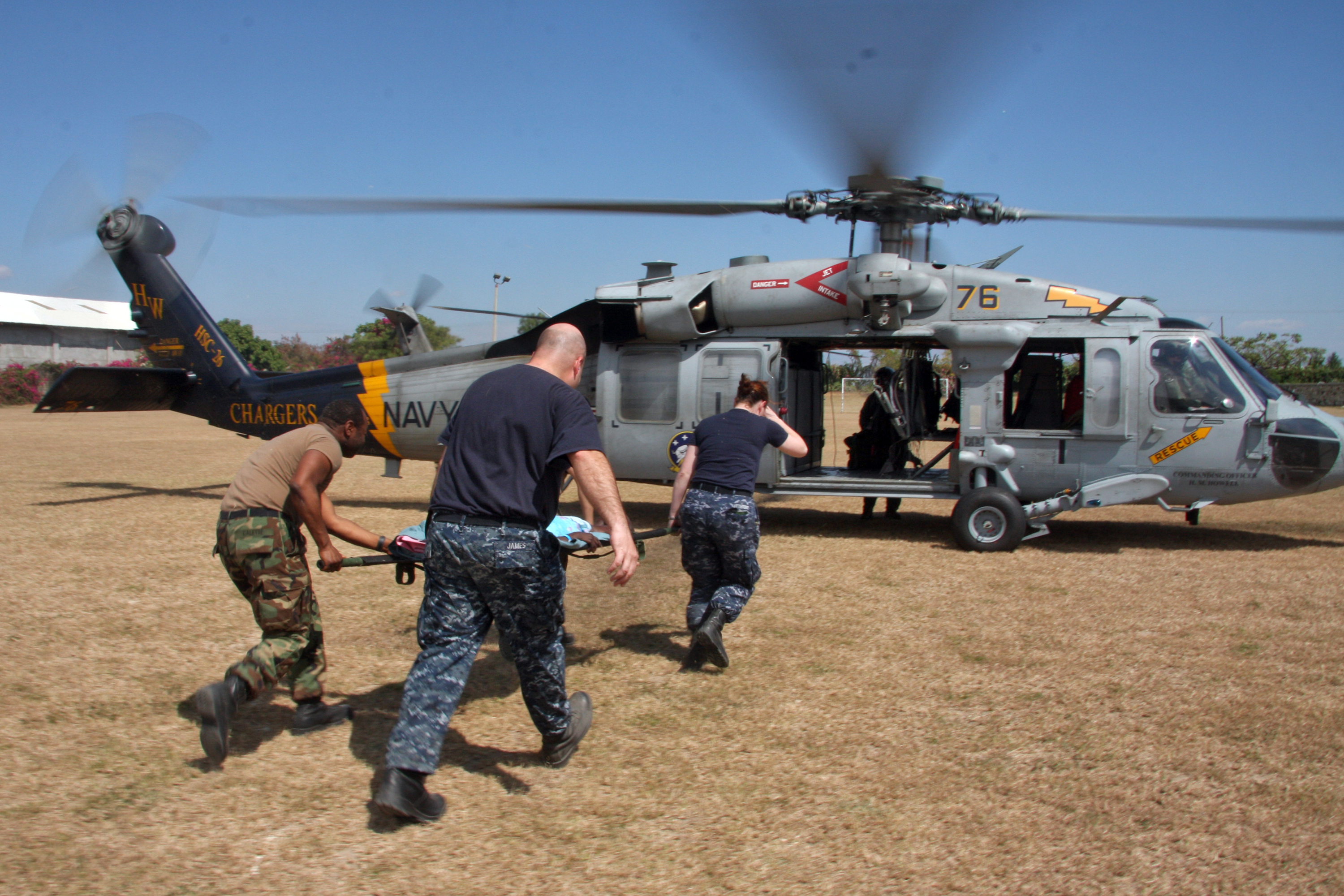Toward a National Research Strategy for Better Trauma Care

The medic who rushes to a war zone bombing ... the ambulance speeding to a major car accident ... the surgeons trying to save a shooting victim ... trauma care takes so many different forms that a national U.S. research strategy to improve the level of care has yet to become a reality.
The deaths and serious injuries caused by trauma are taking a devastating toll on our nation. According to the Army's Combat Casualty Care Research Program, nearly half of those severely wounded in recent wars have not been able to return to duty. In addition, approximately 20 percent of all combat deaths are considered potentially survivable, had advanced, appropriate care been immediately available.
On the civilian side, trauma deaths have reached epidemic numbers. In the United States, according to the National Trauma Institute, someone dies from a traumatic injury every three minutes, and trauma is the leading cause of death of children.
Yet military doctors in the field have the same problems storing blood today that plagued doctors decades ago, and no one yet knows the best way to treat a head injury or whether drugs can stem internal bleeding. Unfortunately, the funds devoted to trauma research, which could find answers to these bedeviling questions, are a small fraction of the country's research dollars.
Recognizing the need to develop a national strategy, the U.S. Army Medical Research and Materiel Command's Telemedicine and Advanced Technology Research Center gathered representatives of several key trauma organizations earlier this year in San Antonio, Texas. The panel discussed the critical research needs in trauma and how together they could leverage each organization's strengths for a more effective approach.
TATRC Trauma Portfolio Manager retired Col. Thomas Knuth, MD, chaired the meeting. He explained, "Over the decades, funding and public awareness of trauma needs have waxed and waned as wars come and go. We need to create an overarching strategy for exactly what to study and how to fund it, so we can continue building on the knowledge we've gained."
Much has been done to reduce death and disability from trauma injury. But gaps remain in creating more effective trauma care for U.S. soldiers and civilians, in everything from injury prevention and disaster preparedness to medical treatment and infection control to the technology used for communication and medical monitoring.
Knuth pointed out that advances in military trauma care during the Vietnam War 40 years ago improved local and state civilian trauma systems, and what has been learned during the wars in Iraq and Afghanistan is helping the country move toward a seamless trauma system on the national level. "The military actually has a global system now. It's amazing how many NATO countries are communicating weekly across continents in the care of patients," he said. "We need to translate that to civilian and future military efforts. That's a good example of where we could go through the collaborations that may come out of this national meeting."
National Collaborators
TATRC is headquartered at Fort Detrick, Md., and manages approximately 800 research projects throughout the country. Its trauma portfolio includes 50 to 80 projects at any one time. Through an extensive network of partners, TATRC explores models of high-risk and innovative research, and puts research findings into the hands of warfighters.
Another USAMRMC unit represented at the meeting was the Combat Casualty Care Research Area Directorate, known as RAD II, which also collaborates closely with Navy and Air Force research efforts. RAD II conducts basic and applied research and advanced technology development to reduce the number of deaths on the battlefield, limit brain damage, improve en route care and improve acute care of battle injuries. It invests in related projects at other institutions, including universities, industry and military medical organizations such as TATRC and the U.S. Army Institute of Surgical Research.
Also a meeting participant, the USAISR is in a unique position to conduct both laboratory and clinical trauma research. It is located at Fort Sam Houston in San Antonio, Texas, adjoining Brooke Army Medical Center, a level I trauma center. It operates the nation's only military burn center and is the home of the Joint Theater Trauma Registry, which all branches of the military use to electronically compile combat trauma data for use in improving equipment and care.
According to USAISR Cmdr. Col. Lorne Blackbourne, "The institute takes the clinical problems identified on the battlefield into our research laboratory for further investigations and solutions, and then validates those solutions in the clinical setting before they are returned to the battlefield."
Out of the collaboration between USAISR and civilian trauma centers in San Antonio grew the National Trauma Institute, the final participant in the meeting. NTI was established in 2006 as the country's first formal military and civilian partnership in trauma care. The not-for-profit organization's goals are to coordinate and fund trauma research nationally and apply it to fully benefit both the military and civilians.
NTI is working to develop a national trauma clinical trials network to coordinate studies at multiple sites. A network is important because no single trauma center admits enough critically injured patients to provide substantiated support for improvements to medical care. NTI also holds an annual trauma symposium for military and civilian trauma researchers and providers, and is beginning a development program to raise private dollars for trauma research.
Hope for the Future
This meeting reaffirmed efforts by the organizations to increase coordination among military branches, other federal agencies and civilian institutions most effectively.
TATRC Deputy Director Col. Ron Poropatich said, "We are all ready to take it to the next level to meet the challenges and opportunities of today and the future."














